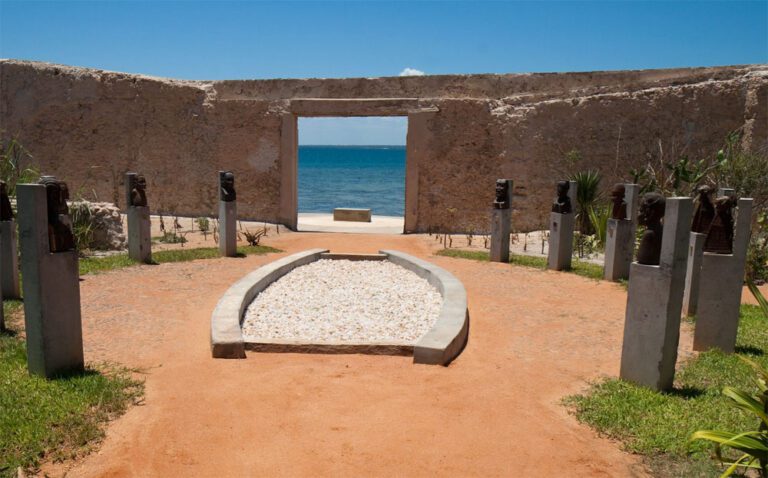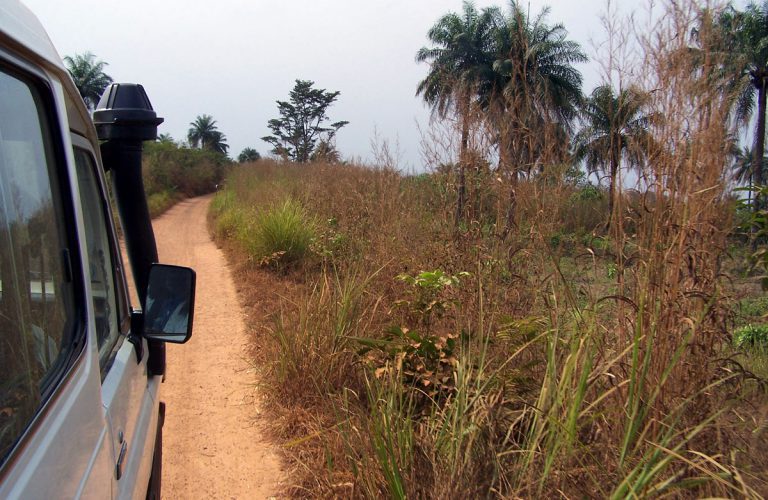Discover the Heart of Africa: A Journey Through Ethiopia
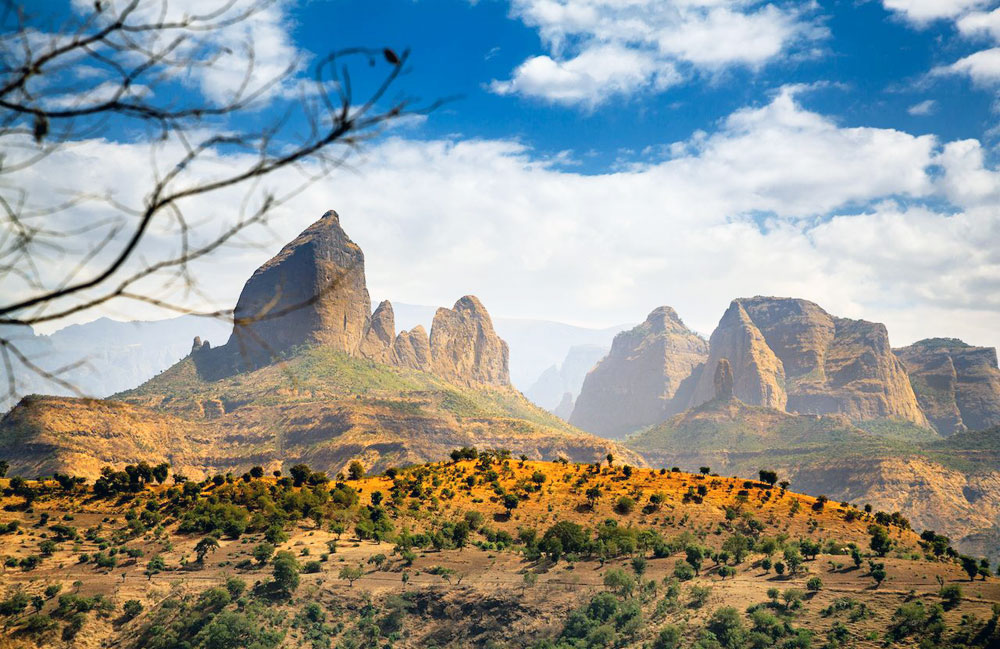
As the birthplace of humanity, Africa has long been shrouded in mystery and wonder. Within the vast continent, there is one country that stands out as the embodiment of Africa’s soul and spirit: Ethiopia.
With its ancient history, vibrant culture, and breathtaking landscapes, Ethiopia offers a truly unique experience to those who venture within its borders. Join me on a journey through Ethiopia, where we’ll discover the heart of Africa and uncover the hidden treasures that this country has to offer.
From the rock-hewn churches of Lalibela to the bustling markets of Addis Ababa, we’ll explore Ethiopia’s rich cultural heritage and delve deep into its diverse and fascinating culture. And we’ll be awed by the country’s natural beauty, from the dramatic Simien Mountains to the otherworldly Danakil Depression. So pack your bags and join me on this unforgettable adventure as we discover the heart of Africa in Ethiopia.
01. Addis Ababa: A City of Contrasts and Surprises
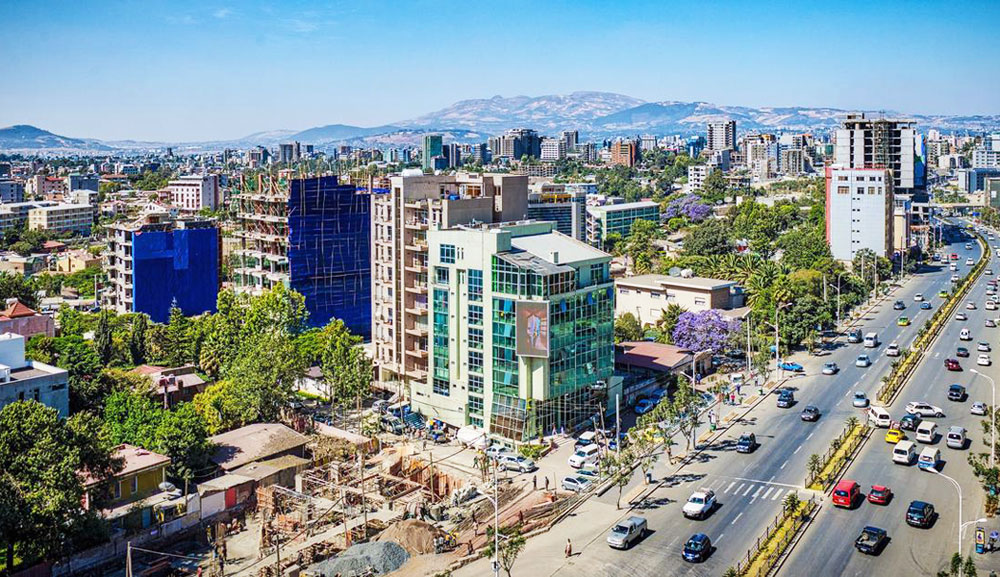
Addis Ababa is a city that defies expectations. At first glance, it may seem like just another bustling African capital, with its chaotic traffic and busy streets. But scratch beneath the surface, and you’ll find a city of contrasts and surprises that is full of character and charm.
One of the first things that struck me about Addis Ababa was its diversity. This is a city that brings together people from all over Ethiopia, as well as from across the continent and beyond. And this diversity is reflected in everything from the city’s cuisine to its architecture, with its mix of modern and traditional styles.
Another surprising aspect of Addis Ababa is its green spaces. Despite being a city of over 5 million people, there are plenty of parks and gardens where you can escape the hustle and bustle of the streets. The most impressive of these is probably Entoto Park, which sits atop a hill overlooking the city and offers stunning views of the surrounding countryside.
Of course, no trip to Addis Ababa would be complete without a visit to the markets. Here, you can find everything from traditional Ethiopian textiles to modern electronics, all jostling for space in the crowded streets. One of my favorite markets was the Mercato, the largest open-air market in Africa.
All in all, Addis Ababa is a city that has something for everyone. Whether you’re interested in history, or culture, or just soaking up the atmosphere, you’re sure to find plenty to keep you busy here.
02. Siemen Mountains National Park
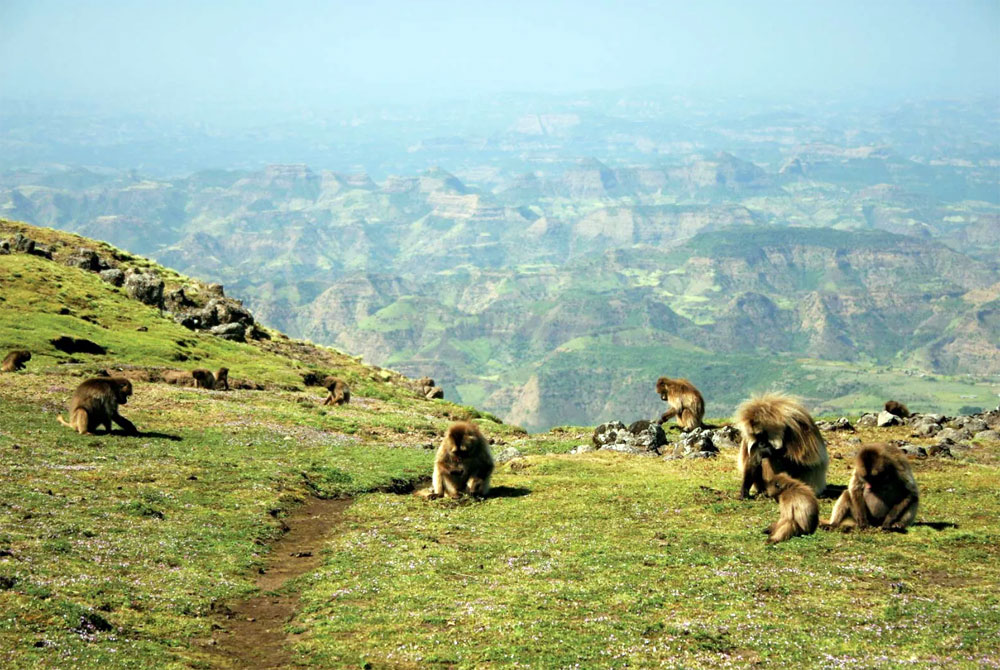
Siemen Mountains National Park is a must-visit destination for anyone looking to discover the wild side of Ethiopia. As soon as I arrived at the park, I was struck by the sheer scale of the landscape. Jagged peaks and deep valleys stretched out as far as the eye could see.
The park is home to some incredible wildlife, including the endemic Walia ibex, a species of wild goat that can only be found in the highlands of Ethiopia. I was lucky enough to spot a few of these magnificent creatures during my trek through the park, and I was amazed by their agility and sure-footedness on the steep rocky terrain.
Another highlight of the park is its birdlife. The park is home to a number of endemic bird species, including the impressive Lammergeier or Bearded Vulture, with a wingspan of up to 2.8 meters. I was blown away by the sight of these massive birds soaring high above the peaks.
Trekking in Siemen Mountains National Park is a truly unforgettable experience. From the stunning views to the incredible wildlife, this is a place that will stay with me forever. If you’re looking to discover the wild side of Ethiopia, then the Siemen Mountains National Park should be at the top of your list.
03. Lalibela: A Spiritual and Architectural Marvel
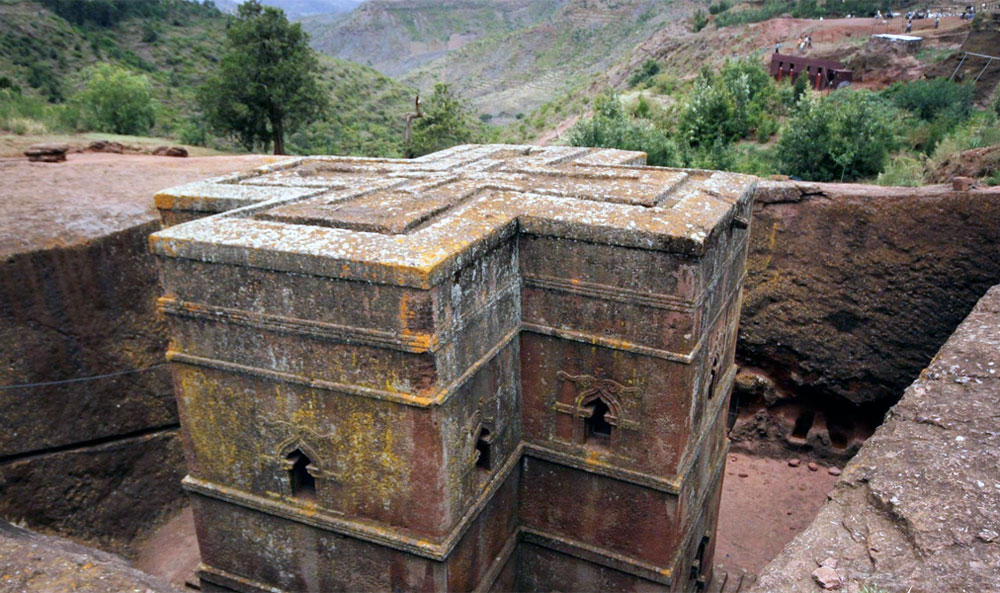
Lalibela is a small town in northern Ethiopia that is home to one of the world’s most incredible architectural wonders. I had heard so much about the rock-hewn churches of Lalibela before I arrived but nothing could have prepared me for the sheer scale and beauty of these incredible structures.
Carved out of solid rock, these churches are not only impressive feats of engineering but also powerful symbols of Ethiopia’s deeply religious and cultural heritage. The most famous of these churches is undoubtedly the Church of St. George with its distinctive cross-shaped design and intricate carvings.
As I explored Lalibela, I was struck by the incredible level of detail that had gone into the construction of its churches, from the intricate carvings on the walls to the hidden tunnels and passageways, there was always something new and surprising to discover.
But Lalibela is more than just a collection of impressive buildings. It is also a deeply spiritual place, where you can connect with Ethiopia’s rich Orthodox Christian traditions. Whether attending a church service or simply meditating in the quiet of a chapel there is a palpable sense of peace and reverence that permeates the town.
This is one place that will stay with me for a long time to come and I can’t wait to return someday.
04. Gondar: A Treasure Trove of History and Culture

Gondar is a city in northern Ethiopia that is steeped in history and culture. As soon as I arrived in the city, I was struck by the incredible architecture and the sense of grandeur that permeated the streets.
One of the most impressive sights in Gondar is the Royal Enclosure, a fortress-like compound that was built in the 17th century by Emperor Fasilidas. The enclosure is home to a number of stunning buildings, including the Fasil Ghebbi fortress and Fasilidas’ Bath, a large pool that was used for religious ceremonies.
As I explored the Royal Enclosure, I was struck by the intricate carvings and the attention to detail that had gone into the construction of these buildings. It was clear that this was once a place of great power and influence, and it was fascinating to imagine what life might have been like for the royalty who once lived here.
But Gondar is more than just its historic buildings. It is also a vibrant city with a rich cultural heritage. The local markets are a feast for the senses, with a dazzling array of spices, textiles, and crafts on offer. And the local cuisine is not to be missed, with a range of delicious dishes that are unique to the region.
05. Danakil Depression: The Hottest Place on Earth
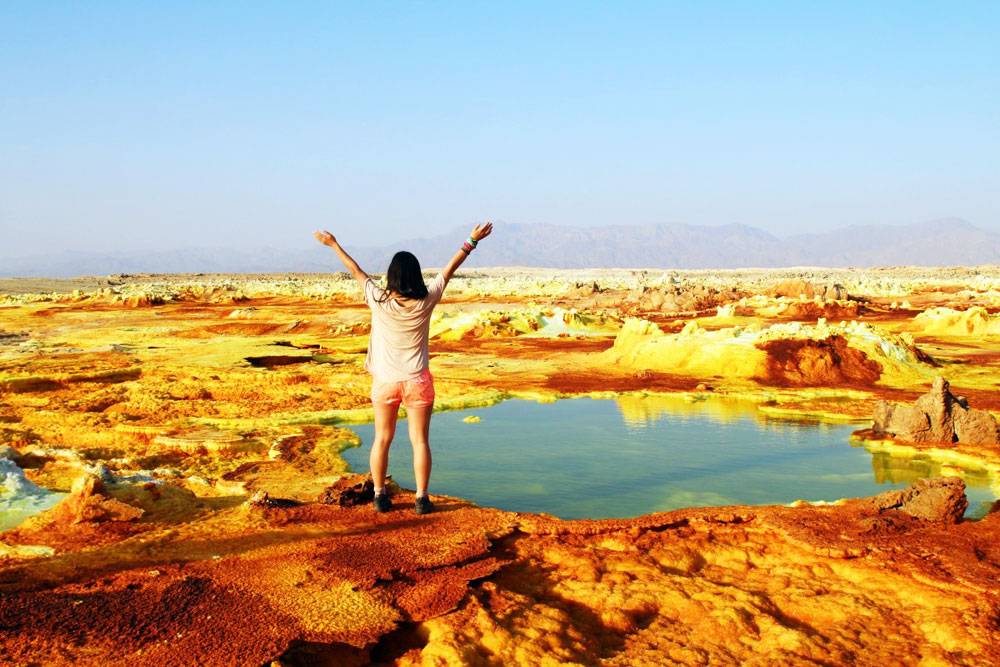
The Danakil Depression in Ethiopia is one of the most extreme and inhospitable environments on the planet, but it is also one of the most fascinating. As you venture into the heart of this geological wonder you will be struck by the surreal landscapes and the intense heat.
The Danakil Depression is home to Erta Ale, one of the few active volcanoes in Africa. Its fiery glow can be seen from miles away and it’s an awe-inspiring sight to witness up close. The surrounding landscape is dotted with steaming geysers and bubbling hot springs, creating a truly otherworldly atmosphere.
But the Danakil Depression is not just about volcanic activity – it’s also home to some of the world’s most remarkable geological formations. The salt flats of Dallol are a psychedelic mix of vibrant colors and twisted shapes, while the sulfur fields of Dallol Mountains emit a pungent smell that is both fascinating and overwhelming.
Despite the extreme heat and inhospitable terrain the Danakil Depression is home to a small number of indigenous people who have adapted to life in this harsh environment. Their way of life is as fascinating as the landscape itself and you’ll be struck by their resilience and resourcefulness.
All in all, the Danakil Depression is an extraordinary place that must be seen to be believed. It’s a testament to the incredible power of nature and a reminder of just how small we are in the grand scheme of things.
06. Scale the Heights of Abuna Yemata Guh
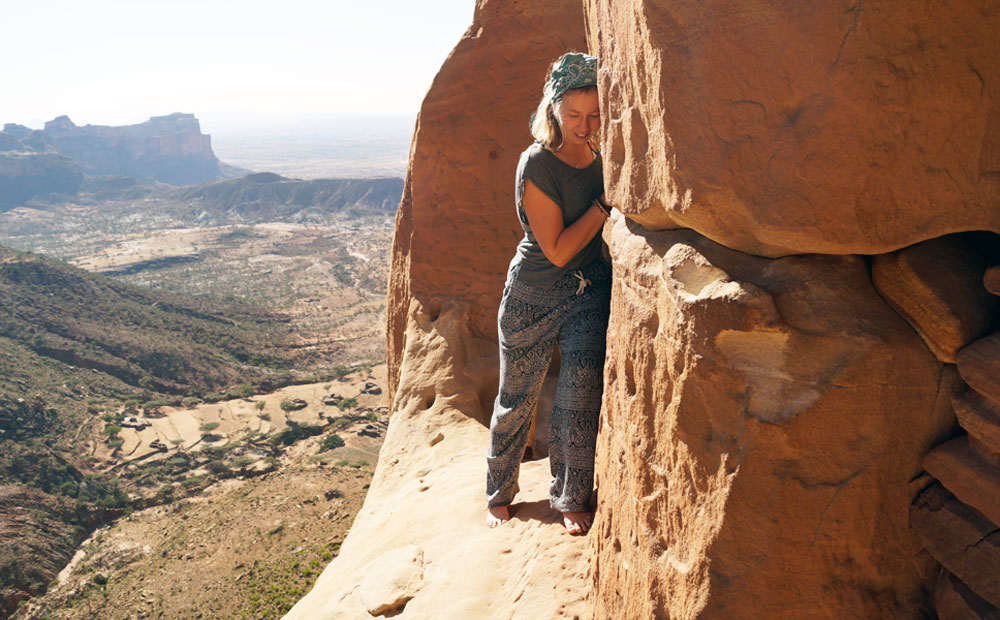
Abuna Yemata Guh is a rock-hewn church located in the Tigray region of Ethiopia. It is situated high up on a cliff face, and reaching it requires a challenging climb up steep rock faces and narrow ledges. But for those who are willing to make the journey, the rewards are truly remarkable.
Scaling the cliff face is a daunting physical challenge. The rock faces are smooth and unforgiving, and the narrow ledges require a steady hand and nerves of steel. But as you ascend higher and higher, you’ll begin to feel a sense of spiritual connection like no other.
The interior of the church is filled with beautiful frescoes and carvings, and the sense of peace and serenity is palpable. It’s clear that this church has been a place of worship and contemplation for centuries, and being in its presence is a humbling experience.
But the journey to Abuna Yemata Guh is not for the faint of heart. It requires physical fitness and a willingness to push oneself to the limit. However, for those who are willing to take on the challenge, the sense of accomplishment and spiritual experience that come with reaching the top are truly unparalleled.
In the end, climbing to Abuna Yemata Guh is not just a physical feat – it’s a spiritual journey that will stay with you long after you leave.
07. Aksum: The Cradle of Ethiopian Civilization
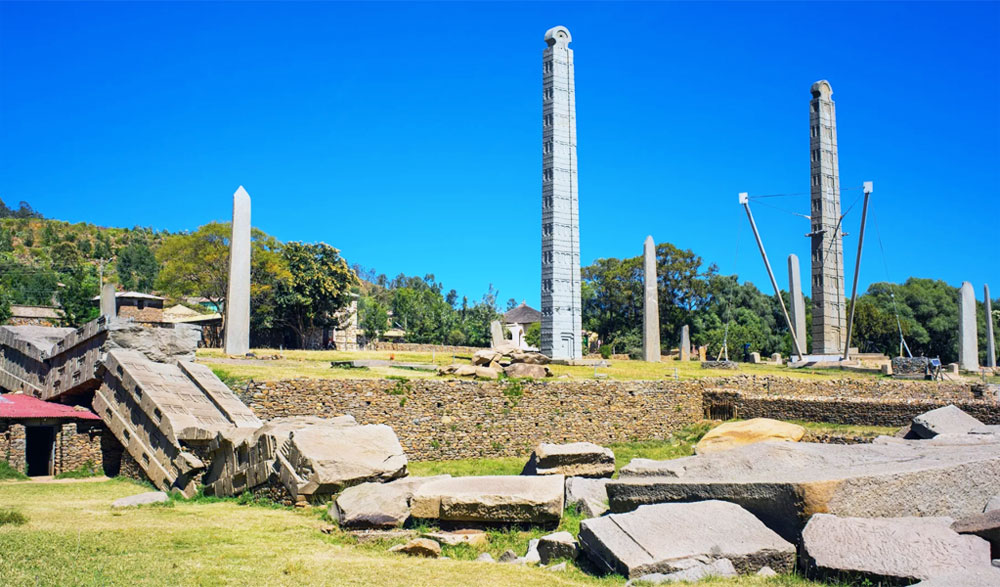
Located in modern-day Ethiopia, Aksum is the cradle of Ethiopian civilization, with a history that dates back over two thousand years.
At its height, the Aksumite Empire was one of the most powerful and influential kingdoms in the world controlling vast swathes of territory, stretching from the Red Sea to the Nile and beyond, and it was a major center of trade and commerce, linking Africa with the Mediterranean and Asia.
One of the most intriguing aspects of its history is its connections to the Queen of Sheba. According to legend, Sheba was a powerful queen who ruled over a kingdom in the region and was famous for her wealth and beauty. She is said to have visited King Solomon in Jerusalem, where she was impressed by his wisdom and wealth. The two became lovers, and their union produced a son, Menelik, who is said to have brought the Ark of the Covenant back to Ethiopia.
The Ark of the Covenant is believed by many Ethiopians to be kept in the Church of Saint Mary of Zion in the city of Aksum. This church is one of the holiest sites in Ethiopia and it is a place of pilgrimage for millions of Ethiopian Orthodox Christians every year.
Another fascinating site is the Dungur, also known as the Palace of the Queen of Sheba. The ruins of this ancient palace are still visible today, and they provide a glimpse into the opulence and grandeur of the Aksumite Empire.
Aksum is a place that every history buff should visit at least once in their lifetime. With its rich history, fascinating legends, and stunning architecture, it is a testament to the enduring legacy of Ethiopia’s ancient civilization.
08. The Cultural Wonders of Omo Valley
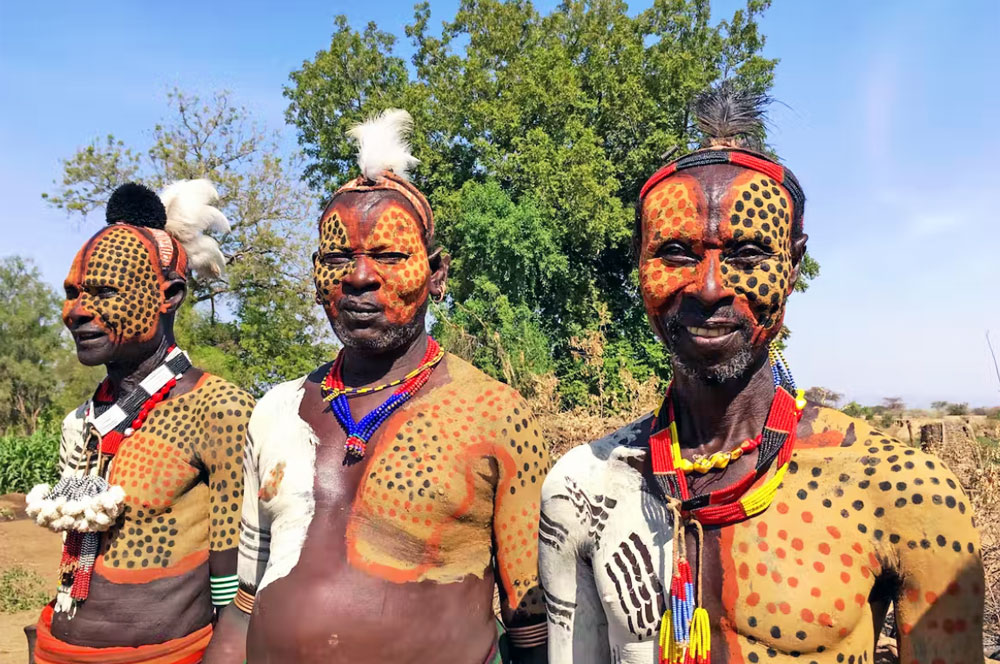
Omo Valley is a place that is rich in cultural wonders and a must-visit destination for anyone who loves learning about diverse cultures. It is home to many different ethnic groups, each with its unique traditions, customs, and way of life.
One of the most fascinating aspects of the Omo Valley is the colorful and elaborate body decorations and jewelry that are worn by many of the tribes. The Mursi tribe, for example, is known for its distinctive lip plates, which are worn by women as a sign of beauty and wealth. The Karo people, the smallest ethnic tribe in Ethiopia with a population of about 2,000 people, are famous for their intricate body painting, while the Hamar tribe is known for the bull-jumping ceremony, which marks the transition from boyhood to manhood.
Visitors can also witness traditional dances and music performances by the different tribes. These dances are an integral part of their cultural celebrations and are often accompanied by chanting, singing, and drumming.
Another fascinating aspect of the Omo Valley is the traditional village life that is still very much alive. You can explore the thatched huts, watch locals make pottery and crafts, and even participate in daily activities such as milking cows and fetching water from the river.
With its rich cultural heritage, stunning scenery, and friendly locals, this is a destination that is sure to leave a lasting impression on you.
09. Discover the Natural Wonders of Arba Minch

Arba Minch is a hidden gem in Ethiopia, a beautiful city surrounded by breathtaking natural wonders. The region is home to the stunning Nechisar National Park, a vast area of pristine wilderness that is home to a rich variety of wildlife and some of the most stunning scenery in Africa.
This park is home to a wide range of animals, including zebras, gazelles, hippos, and baboons, as well as over 350 species of birds. Visitors to the park can take a guided safari to explore the diverse landscapes of the park, including rolling hills, lush forests, and sparkling lakes.
The two lakes in the park, Abaya and Chamo, are also popular attractions in Arba Minch. Lake Chamo is famous for its hippos and crocodiles, while Lake Abaya is a great spot for fishing and birdwatching.
In addition to the natural wonders of Nechisar National Park, Arba Minch is also known for its vibrant local culture. You can explore the city’s bustling markets, sample traditional cuisine, and learn about the region’s rich history and customs.
Arba Minch is also a great base for exploring the surrounding areas, including the ancient city of Konso and the stunning Dorze villages. Whether you’re a nature lover, a culture enthusiast, or just looking for a relaxing getaway, the natural wonders and cultural riches of Arba Minch are sure to leave you captivated and enchanted.
10. The Fascinating Culture and Traditions of the Dorze People
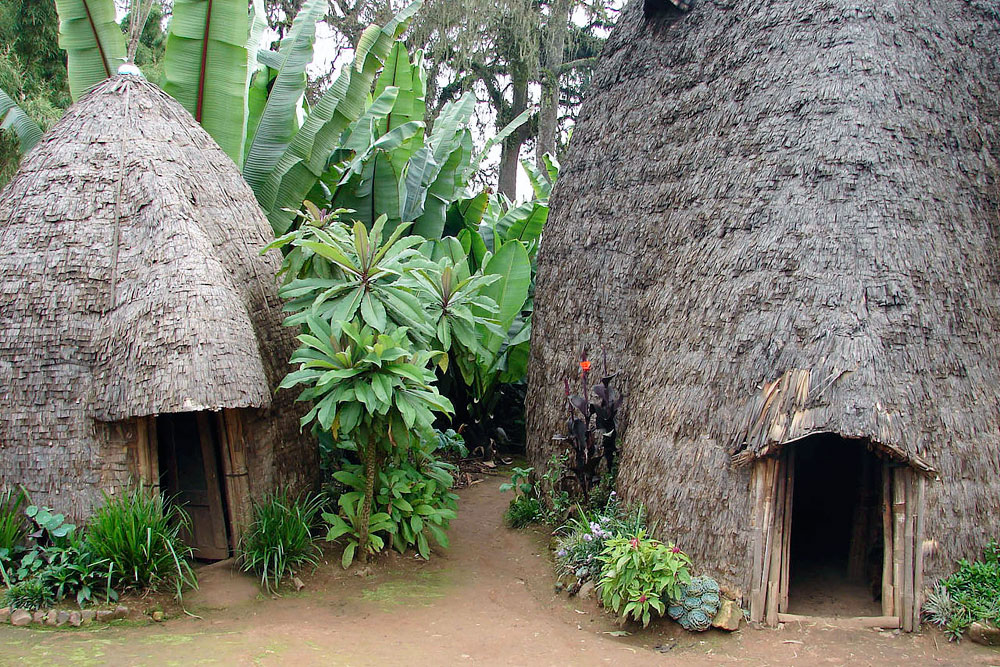
The Dorze people of Ethiopia are known for their unique culture, traditions, and crafts. They are primarily concentrated in the southern part of the country, in the Guge Mountains, and are famous for their traditional bee-hive-shaped houses and their exceptional weaving skills.
The Dorze people are renowned for their skill in building towering houses made of bamboo and thatched with enset leaves. These houses can reach up to (39 feet) 12 meters high and are shaped like giant beehives, with a conical roof and a small entrance. The houses are designed to last for decades, with the lower sections used for storage and the upper sections for living quarters.
Another aspect of Dorze culture that fascinates visitors is their weaving techniques. They are known for their intricate weaving patterns which they use to create a range of items, including baskets, mats, and clothing. You can watch the weavers at work using traditional looms to create intricate patterns and designs.
The Dorze people also have a rich oral history, with many stories and legends passed down through generations. Listen to the stories of the elders and learn about the history and traditions of this unique and fascinating culture.
In addition to their cultural traditions, the Dorze people are also known for their hospitality and welcoming nature. You can stay in traditional Dorze homes, sample local cuisine, and learn about the customs and traditions of this proud and ancient culture.
Many visitors to Ethiopia make it a priority to explore the Guge Mountains and meet these fascinating people to learn about their culture and to experience their warm hospitality first-hand.
Best Time to Visit Ethiopia
The peak tourist season in Ethiopia is from October to April, which is the dry season. This is the best time to visit the popular historic sites such as Lalibela, Aksum, and Gondar, as well as the national parks in the north, such as the Simien Mountains and the Tigray region. During this time, the weather is generally mild and dry, making it ideal for trekking, hiking, and wildlife viewing.
However, if you are interested in visiting the southern part of the country, the best time to visit is from June to September, which is the rainy season. The rain brings lush green landscapes and plenty of opportunities to explore the cultural sites and natural wonders of the region.
This is also the best time to visit the Omo Valley, where you can experience the diverse and colorful cultures of the local tribes.
Conclusion
In conclusion, Ethiopia is a country that is rich in history, culture, and natural beauty. From the ancient rock-hewn churches of Lalibela to the rugged mountains of the Simien range, from the bustling streets of Addis Ababa to the peaceful landscapes of the Omo Valley, there is always something to discover and explore in this fascinating country.
The warmth and hospitality of the Ethiopian people are legendary, and visitors are always welcomed with open arms. Whether you are interested in experiencing the rich cultural traditions of the many diverse ethnic groups, sampling the delicious and varied cuisine, or exploring the country’s breathtaking natural wonders, Ethiopia offers a unique and unforgettable journey of discovery.
Ethiopia is also a country that is rapidly developing and changing, with new infrastructure and tourist facilities being built to accommodate the growing number of visitors. Despite this, the country remains firmly rooted in its rich cultural heritage and traditions, and visitors are sure to be struck by the sense of timelessness and authenticity that permeates every aspect of life here.
In short, a journey through Ethiopia is a journey through the heart of Africa, and one that is sure to leave a lasting impression on anyone who takes the time to explore this remarkable country.




